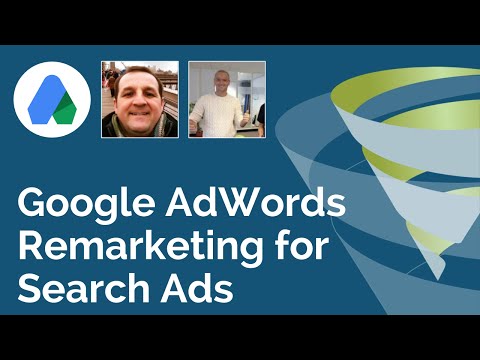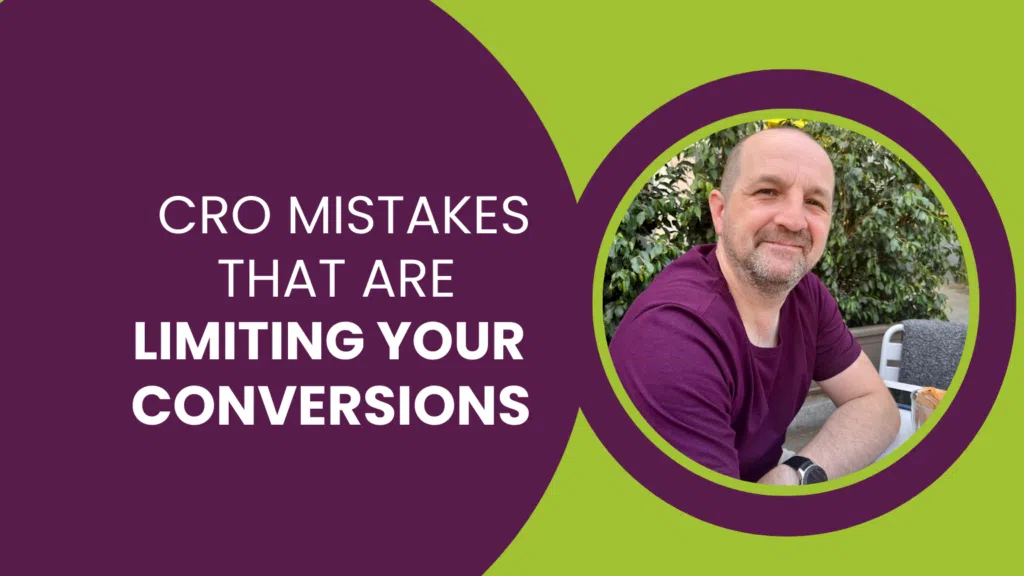Firstly, let’s explain audience targeting. You may already be familiar with remarketing in Google AdWords, which allows you to target visitors to your site with ads across Google’s Display Network to reinforce and build trust in your brand and ultimately, to drive returning visitors to your site. This is just one example of an audience you might want to target with online ads.
There are other examples of audience targeting, from demographic to behavioural, interest categories and product interest. Whereas search campaigns historically focused on keyword bidding, and more recently with Google Shopping and product bidding, audience targeting focuses on audiences. You might also consider targeting both together for the most accurate and measurable result, using highly relevant ads to improve responses and to also provide the best optimisation opportunities.
There are a number of opportunities to use your existing email list as an audience to target on different ad networks.
Segment your data
For each ad platform, you need to be aware of the requirements for using email lists you upload. For privacy purposes, Google and other ad platforms will require a minimum number of users in your list in order to target them.
Provided you can meet the minimum criteria for each email list, you should segment your data based on spend, last purchase or contact, products or services they bought/enquired about, the sources you got their email addresses from, gender, age or any other unique information you have for those users.
Using smaller segments rather than your whole list, you would be able to target:
- Customers who bought a specific model or brand of printer, with ads for consumables for those printers
- Your highest-spending customers with a dedicated budget and track the return individually
- Customers that have had no contact and purchased nothing in the last six months with a discount voucher
- Parents of toddlers with ads for appropriate toys and gifts
Email list segmentation provides a huge number of opportunities, provided you have records that include this data and if you have enough records in the segment to satisfy the ad platform criteria.
Keep your email list up to date
Many of the ad platforms still only have a manual upload process, so it’s quite likely you’ll need to export the data from your database as a CSV file in the correct format and upload it manually. Depending on how many changes there are in your data and how many new email addresses you might be adding, you might need to refresh the data weekly, bi-weekly or monthly.
The more accurate and recent your data is, the better the results will be from your Pay per Click campaigns and the more accurate your tracking will be.
Why you’ll rarely target 100% of your email list
When you upload your email list, the platform will match those users to its own audience lists where the email addresses match. If an email address in your list is not used with a Facebook account for example, Facebook cannot target that specific user. Even though you might upload an email list containing 10,000 records, you’ll find that the number which can be targeted is less than 10,000.
Using your email list in Google AdWords
You can upload multiple email lists to create audiences in your Google AdWords account.
Using the Google Display Network, you can target users in those lists with banner and text ads which will appear alongside the content on millions of web pages. Combining that targeting with topics will help to ensure that your ads are shown to a relevant audience alongside appropriate content. You would want to avoid showing ads for children’s toys appearing alongside content about business growth, for example.
You can also target users in your email list audience with promoted YouTube videos. As with display campaigns, you can also combine email list targeting with topics, interests and search terms to narrow the targeting, ensuring your videos are only shown alongside content when it’s more appropriate.
More recently, Google added Remarketing Lists for Search Ads. Typically, these would be used for audiences built using website cookies to target visitors to your website, but uploading your email list would also enable you to target these users as an audience. With Search and Shopping Ads, there are two opportunities: “Bid Only” and “Target and Bid.”

Bid Only is essentially overlaying your customer data on to existing Search and Shopping campaigns, monitoring the performance of this specific Email List Audience and increasing or decreasing bids by a percentage. That means that you would be able to bid more for individual Email Lists than users who had never bought from you before and using different bids than those in your Remarketing List.
Target and Bid requires both factors to be correct. You’d ONLY be targeting users in an Email List when they search Google. This is especially helpful for lower intent searches. It is unlikely that you’d bid on the keyword “holiday” or “spain” in a traditional search campaign, but if you’re a travel agent and have an email list of users who have purchased from you before, or have made an enquiry, this becomes a much more viable strategy. Remember, users who are not in your uploaded List would not see ads for the same search.
Gmail ads
Using your email lists, you can target customers on their Gmail accounts with ads, video content and even forms ready to opt-in to your vouchers, latest guides or to request a quote.
As of October 2017, you’ll no longer be able to target Gmail Ads using keywords, leaving audience targeting as the only option.
Google AdWords similar audiences
Using your Email List data, you can also create a second audience of “similar users” and monitor and target those users too. You’ll need to be careful with this option as the behaviour of similar audiences can be dramatically different to those who already know your brand, but this is definitely worth experimenting with.
As above, you can target similar audiences across the Display Network and using Search Ads, too.
Google AdWords requirements
Google has a number of policies that you must comply with in order to target email lists. You’ll also need a minimum of:
- 100 active users in your list for display campaigns
- 100 active users in a similar audience list
- 1,000 active users in your list for remarketing lists for search
- 1,000 active users in a similar audience list for RLSAs
While there is no minimum required audience size to generate a similar audience, largeraudiences tend to be better as they’ll contain more behavioural data from which to extrapolate.
‘Active Users’ means that those users are active on the Google Network (likely to be a high percentage) and more importantly, that Google is able to match your email addresses with its own records. Google’s recommendation is to upload a list of around 5,000 records in order to exceed the 1,000 active users requirement, but this will depend on individual data sets.
As with all advertising and targeting strategies, think it through carefully before you start, make sure you have tracking in place to measure leads and sales, not just ad impressions and clicks and test, test, test.







